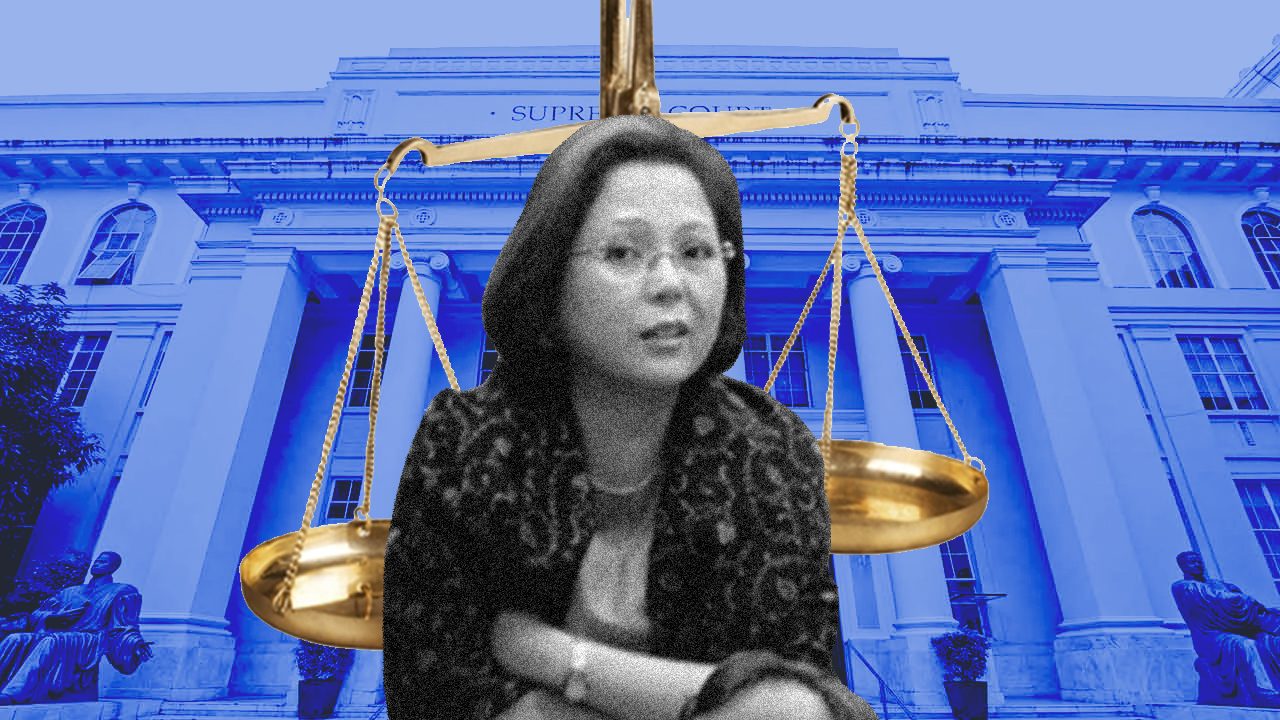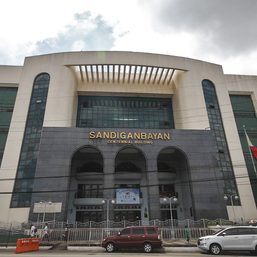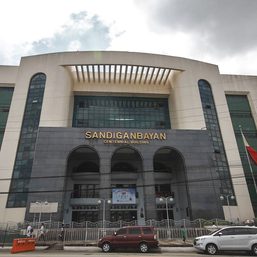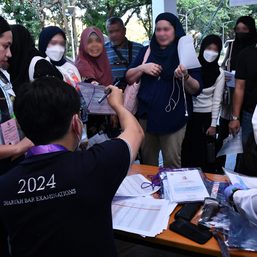SUMMARY
This is AI generated summarization, which may have errors. For context, always refer to the full article.

MANILA, Philippines – In its decision to temporarily release from detention Jessica Lucila “Gigi” Reyes, former chief of staff of now-chief Presidential Legal Counsel Juan Ponce Enrile, on Thursday, January 19, the Supreme Court (SC) granted her the privilege of the writ of habeas corpus.
Reyes is among the accused in the multi-million-peso pork barrel scam involving Enrile’s pork barrel funds, with the former Senate president as co-accused.
What is the writ of habeas corpus?
The privilege of the writ of habeas corpus (literal translation “produce the body”) is the right to determine if a person is being lawfully or unlawfully detained.
The High Court added that the writ is likewise extended to those denied the right to a speedy trial.
In the case of Reyes, the SC cited her long period under detention. Reyes had been in jail since 2014 for graft and plunder charges, and her trial has been ongoing for more than eight years.
But what exactly is the “right to speedy trial,” and how has it been applied in a number of cases here in the Philippines?
What the Constitution says
Section 14, Article III, of the Philippine Constitution says an accused has the right to “speedy, impartial, and public trial,” and Section 16 says all persons have the right to a “speedy disposition of their cases” before any judicial body.
There is a distinction between the right to speedy trial versus the right to speedy disposition. The right to speedy trial applies only to criminal cases, while the right to speedy disposition applies to all cases.
These rights aim to protect persons from intentionally long and drawn-out detention and imprisonment.
Since her incarceration in 2014 in Camp Bagong Diwa in Taguig, Reyes had appealed for her release in 2020 and 2021.
Republic Act No. 8493, also known as the Speedy Trial Act of 1998, establishes the duration for a trial from start to finish.
Trials whose penalties do not exceed six months or a P1,000 fine or both should only last 180 days from the first day of trial. The court can extend the trial, given a compelling reason.
There are exceptions to the time limit, such as determining whether the defendant’s right to a speedy trial was violated, or if continuing the trial would result in a miscarriage of justice.
How was it applied in court?
The SC released the law’s implementing rules in 1998, mentioning the need for a pre-trial, time limit for cases, and exclusions to the law as well as extending trials.
Both the law and implementing rules state that the act should not hinder one’s right to a speedy trial as stated in the Constitution.
An example is the case of Tatad v. Sandiganbayan, where the SC ruled that former Marcos Press Secretry Francisco Tatad’s right to speedy disposition was violated, due to the unreasonable delay in the preliminary trial.
Tatad, along with Antonio Cantero, faced a graft and corruption complaint in 1974, but were only officially charged in 1979, after Tatad’s resignation from the Marcos Cabinet.
Affidavits, or sworn statements, and counter-affidavits were submitted to the Sandiganbayan as part of preliminary trial procedures in 1982, but it was resolved only after 3 years, or in 1985.
A period of 10 days is usually given to resolve cases under preliminary investigation. The SC found that the gathering of evidence for the case did not warrant three years to resolve.
Meanwhile, in Merced Ty-Dazo and Rolando Quiminales v. Sandiganbayan, the SC ruled that Ty-Dazo and Quiminales’ right to speedy disposition was not violated despite the time it had taken for the cases to be resolved.
Ty-Dazo and Quiminales were charged with graft and corruption for illegal logging in 1993.
They were given time to submit a counter-affidavit which was only submitted in 1995. They moved for a reinvestigation, but this was denied in 1999.
The SC wrote that a “a mere mathematical reckoning of the time involved would not be sufficient,” as they themselves were the cause of the delay in court proceedings.
In The Philippines v. Sandiganbayan and Roman, the High Court also ruled against former Bataan governor Leonardo Roman and other respondents.
Roman was charged with graft in his involvement in the construction of the Bataan State College’s mini-theater in 2003, which was not allotted any funding in the local government unit’s budget that year.
He also certified the construction as complete, even though it was only half-done. This allowed the construction company handling the project to receive full payment for half the work.
The SC wrote that despite delays in the preliminary investigations and at later stages of the investigation, Roman did not raise any red flags about irregularities, even being responsible for some of the delays in proceedings. (READ: Sandiganbayan to proceed with graft case vs former Bataan governor Roman)
With respect to Reyes’ case, the SC gave four reasons for granting the writ of habeas corpus. These include the long period before the case was put on trial.
The SC also said that being granted provisional freedom does not resolve her graft and plunder cases. – Rappler.com
Add a comment
How does this make you feel?




![[Just Saying] A reawakened Supreme Court?](https://www.rappler.com/tachyon/2024/05/reawakened-supreme-court-may-21-2024.jpg?resize=257%2C257&crop=384px%2C0px%2C1080px%2C1080px)









There are no comments yet. Add your comment to start the conversation.